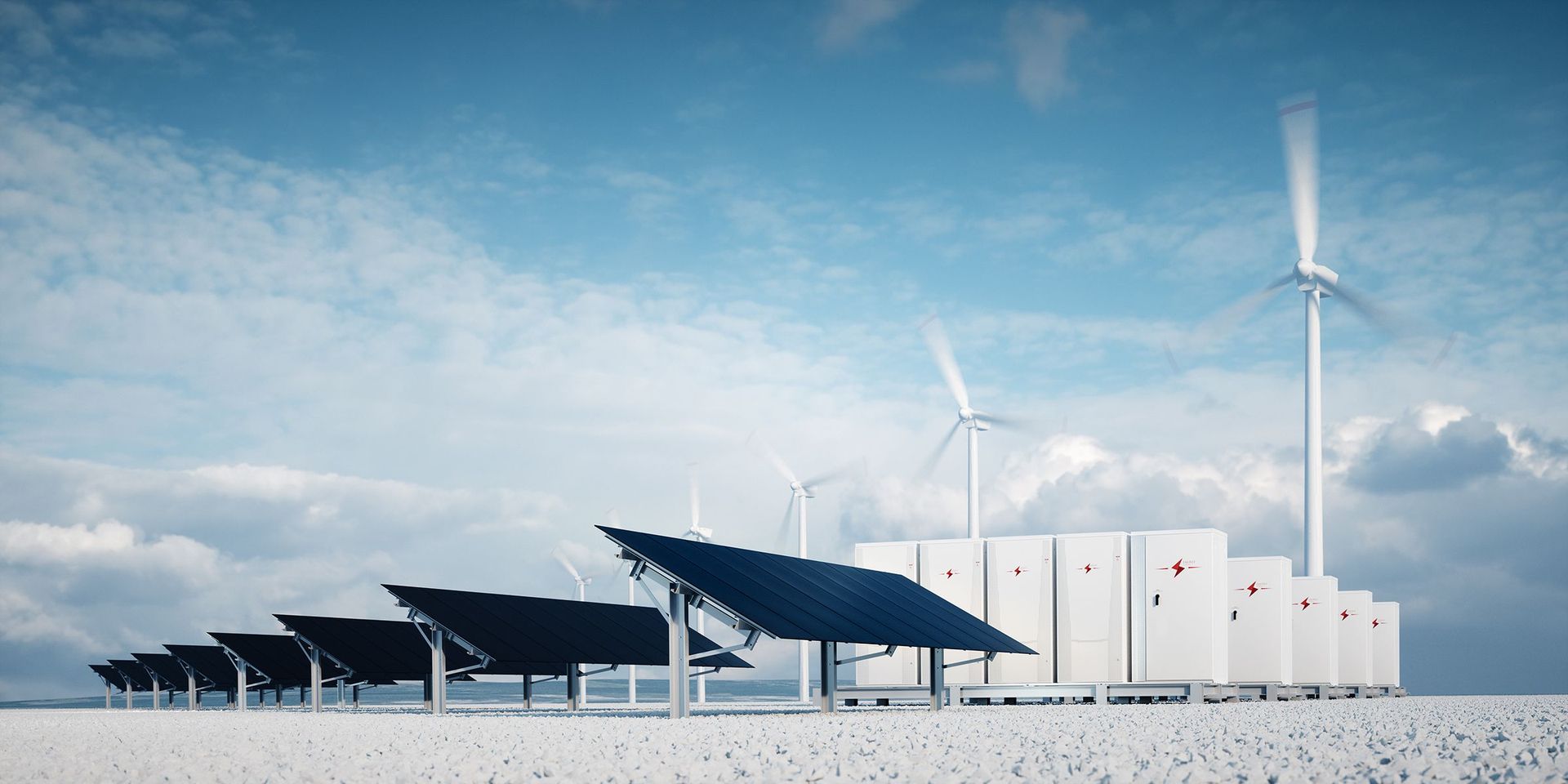What is Curtailment of Electricity?
Definition
In the energy sector, the term “curtailment” refers to the reduction of power production (“generation curtailment”) or – less frequently - power consumption (“load curtailment”) when there is too much electricity in the grid (generation curtailment) or when there is not enough power in the grid (load curtailment). Curtailment aims at lessening the stress on the grid at a given moment of the day. Most commonly, curtailment is associated with the reduction of infeed from renewable energy sources.
Why and When is Electricity Curtailed?
Depending on the national or regional regulation, power generation or power consumption is usually curtailed when the electricity grid is under unforeseen stress and no other options are available to balance the grid.
It is important to note that curtailment is used to solve very different issues in grid management. Sometimes curtailment helps to bypass a local bottleneck (“congestion”) on the distribution level by curtailing power generation ahead of the bottleneck. When applied this way, it works like the traffic police shutting down a highway access when there is gridlock due to an accident a mile ahead on the road. Sometimes curtailment is also used on the transmission level to restore the frequency of the grid when other measures such as control reserves or spinning reserves are exhausted.
The reasons for curtailment are to be found in unforeseeable or unforeseen behavior of power generation or power consumption assets, e.g. in forecast deviations of renewable energies. These events then cause imbalances in the grid or lead to local congestion issues that are solved by curtailing excess power generation, either locally with single generators (e.g. one windmill) or even on a broader basis (e.g. a couple of wind farms in a certain region). So, in most cases, the underlying cause for curtailment is not the variability of renewable energy generation, but rather the inability of current electricity grids to transport the excess electricity from renewables to consumers.
Who Initiates the Curtailment of Assets?
In most countries, the local distribution system operators (DSO) and/or the national resp. regional transmission system operators (TSO) are responsible for initiating, executing, and sometimes remunerating the required curtailment measures. Often renewable energy assets are legally obliged to be networked to the control systems of the DSO or TSO, thus enabling the grid operators to shut their power generation off remotely. When DSOs or TSOs curtail infeed from wind or solar generation, a loss of potential energy occurs, since solar or wind farms can of course not catch up on the lost hours of wind or sunshine. In some countries, this loss of energy to the detriment of the power producer is offset by a payment for the curtailed (potential) power infeed. For example, the German grid operators paid 761m Euros in 2020 to compensate power producers for curtailed electricity generation.
There are also instances when the trader or balancing responsible party of a power producer decides to curtail power generation. This is the case when prices on short-term markets, e.g. spot markets, are unfavorable, sometimes even negative. In the latter case, the operator of a power generating unit would lose money if the asset were not curtailed.
Another variant of curtailment can be observed when the operators of power generators themselves curtail the power production of their assets. This still happens rarely and mostly due to environmental reasons, such as birds or bats in the vicinity of a windmill. Planned maintenance works but also spontaneous malfunctions that lead to downtime in power generation are not considered as curtailment.
Is Curtailment of Electricity a Good Thing?
This depends on the point of view of the party involved. In the short term, there is often no viable alternative to curtailment measures to avoid a blackout or regional interruptions of power supply. Curtailing power generation or consumption therefore is one important element in the toolbox of grid operators who are tasked with ensuring an uninterrupted power supply.
On the other hand, curtailing power infeed from renewables is highly inefficient. The lost (green, cheap) power would have been of great use to consumers and since that lost wind and sun is not going to travel back in time, it is simply wasted.
To conclude, curtailment is a temporarily necessary but highly wasteful form of balancing the power grid.
Read more
How can the Curtailment of Electricity be Avoided?
There are several options to reduce or eventually even completely phase out curtailment measures. The feasibility of these solutions vary from country to country – depending on the national energy landscape and regulation in general and the asset base in particular – but they can be roughly grouped into the following categories:
Grid Extension
The option that usually comes up first is the extension of the electricity grid in order to have more transport capacity for excess power. Here again, a comparison with traffic jams might be of use. If a highway is clogged all the time, city planners often come up with the solution of adding lanes to that highway. Grid operators, just like city planners, often ramp up transport capacity by expanding the existing infrastructure. Adding power lines or expanding existing ones is effective in the long run but has two drawbacks: It takes years to be implemented and it is expensive.
On-Site Storage to Avoid Loss of Energy
Another option to avoid the loss of energy that occurs when renewables infeed is curtailed is to not transport excess electricity through the power grid but to use it on-site. When electricity from a wind or solar farm cannot be sent through the grid, a battery or electrolyzer would take in the electricity and store it resp. use it to produce hydrogen. This option reduces curtailment quicker (it’s easier to install a battery or electrolyzer than to add power lines), but it also has its economic constraints: Since the storage/conversion asset on-site is only running when there is excess electricity, its operating hours are low, putting pressure on the timeline for the return on investment.
Intelligent Grid Management/Dispatch
The third option to avoid or at least reduce curtailment is to manage the grid and its components in a smarter way. In many cases, grid operators have insufficient data on what is happening in their grid and shutting down excess electricity generation from wind and solar is the easiest but not most efficient of options. Alternatively, grid operators could ramp down fossil generation or decentralized generators that can catch up with lost production later on; they could ramp up power consumption in businesses and homes through national and/or local demand response programs or time-of-use tariffs; they could use existing decentralized storage options (e.g. from EVs or home storage batteries) on short notice.
Read more on curtailment in this informative article about curtailment in California.
Disclaimer: Next Kraftwerke does not take any responsibility for the completeness, accuracy and actuality of the information provided. This article is for information purposes only and does not replace individual legal advice.


